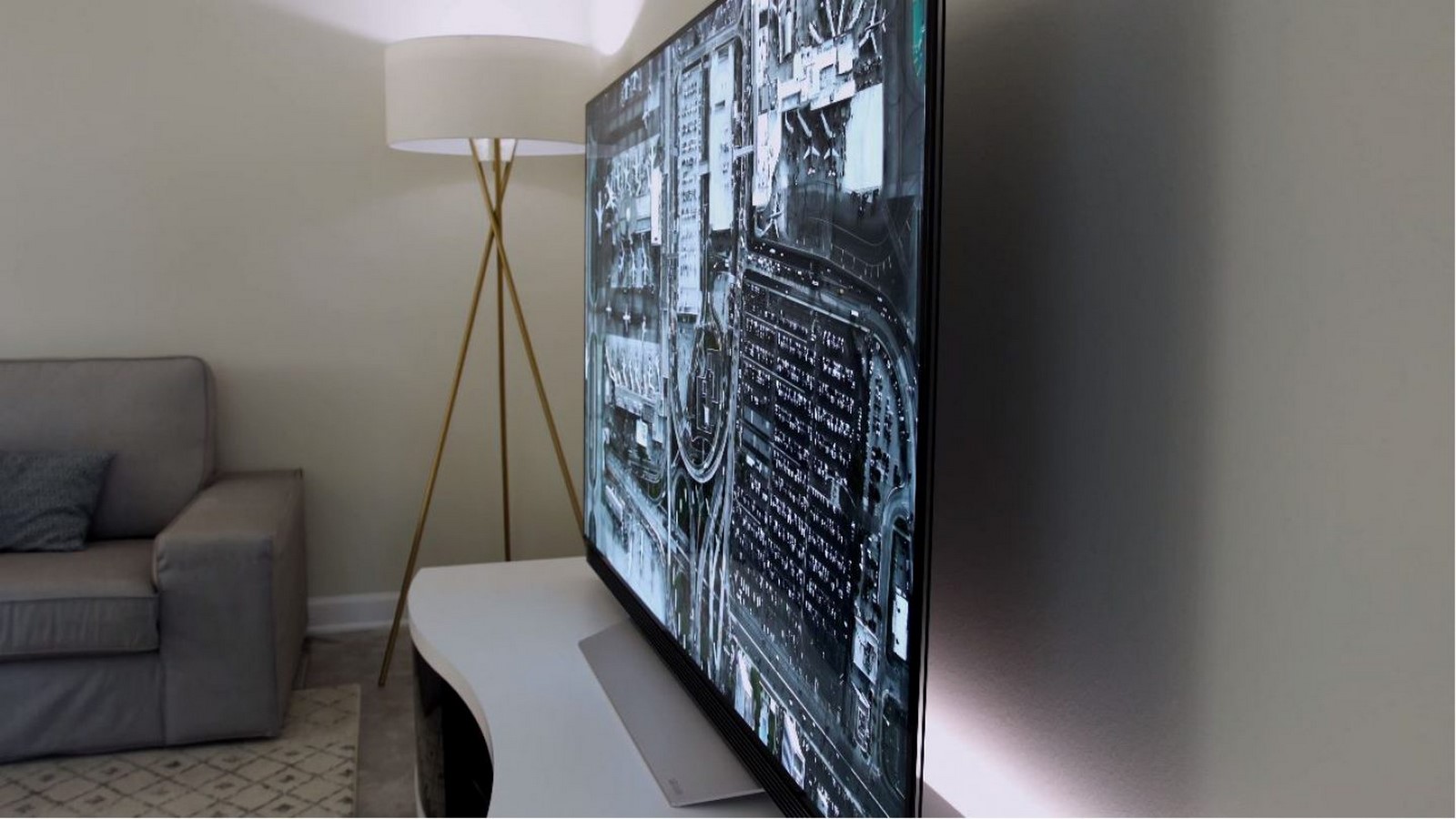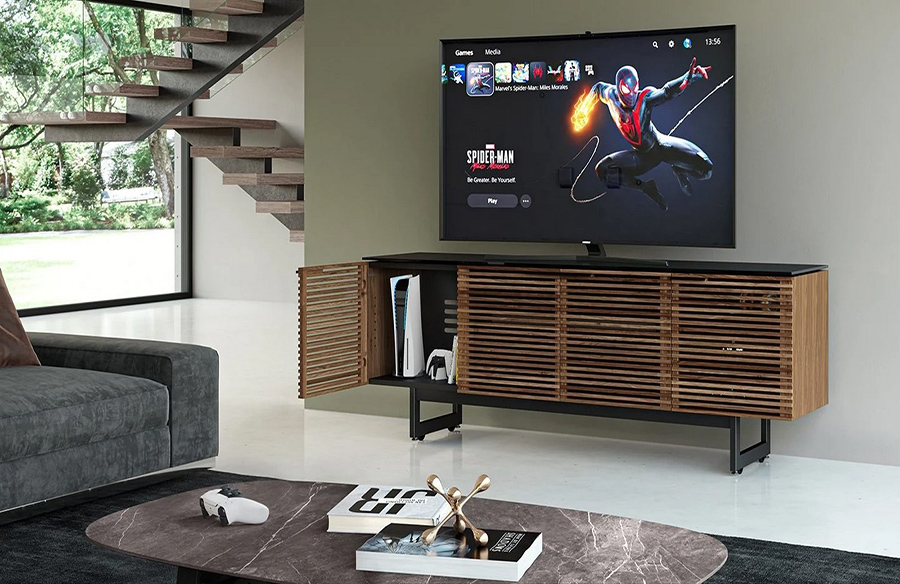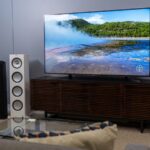Television technology is continually advancing, making the process of buying a new TV both thrilling and daunting. Understanding the distinctions between various television models and features is essential for making an informed decision that aligns with your preferences and needs.
Size Consideration
When purchasing a new TV, size is a crucial factor to consider. Begin by assessing your available space, intended placement for the TV, viewing distance, and budget constraints. In most living spaces, a television between 55 and 65 inches offers an optimal balance of performance, affordability, and suitability for the viewing area.
Understanding Resolution
The resolution of a TV refers to the number of pixels that comprise the image, determining its sharpness and clarity. Higher resolution televisions, such as those with 4K or ultra HD capabilities, deliver incredibly detailed images. While the difference between 1080p HD and 4K resolution may be subtle from a distance, it becomes more noticeable up close. It’s essential to note that not all content is available in 4K, so ensure compatibility with your preferred streaming services and devices.

Display Technology
Television displays utilize various technologies, including LED, OLED, and QLED. OLED panels offer superior contrast and color reproduction, making them ideal for viewers seeking the highest picture quality. QLED panels, on the other hand, produce vibrant colors but may lack the contrast of OLED displays. LED-backlit LCD TVs are a more budget-friendly option, offering a balance between performance and affordability.
Refresh Rate
The refresh rate of a TV determines how frequently it updates the image displayed on the screen, measured in hertz (Hz). Higher refresh rates result in smoother motion, particularly beneficial for fast-paced content like action movies and sports. While a standard refresh rate of 60Hz may suffice for most viewers, those who prioritize smooth motion may opt for models with 120Hz or higher refresh rates.

Connectivity
Consider the number and type of available HDMI ports when selecting a TV, as these ports accommodate various external devices like soundbars, gaming consoles, and streaming devices. Ensure that the TV’s HDMI specifications align with your entertainment setup, especially if you intend to connect 4K or high-frame-rate devices.
Audio Considerations
Due to the slim design of modern TVs, built-in speakers may not deliver optimal audio quality. Consider complementing your TV with a soundbar for enhanced audio performance, especially if you prioritize immersive sound experiences.
Price Comparison
After assessing factors like size, resolution, display technology, refresh rate, and connectivity, compare prices across different brands and retailers to find the best value for your budget. Major brands like Samsung, LG, and Sony offer reliable options with varying price points and feature sets.

In-Store Shopping Tips
When shopping in-store, take advantage of proper lighting conditions for accurate visual comparisons between different TV models. Retailers like Best Buy offer ideal environments for side-by-side evaluations of various TVs.
Online Research
While online research provides valuable insights into pricing and specifications, visiting physical stores allows for personal assessments of picture quality and features. Start with online research to narrow down options, then visit stores for firsthand evaluations.
With a comprehensive understanding of TV technology and careful consideration of your preferences and requirements, selecting the perfect TV for your home entertainment setup becomes a straightforward process. Utilize this guide to navigate the vast array of television options available and make an informed decision that enhances your viewing experience.






